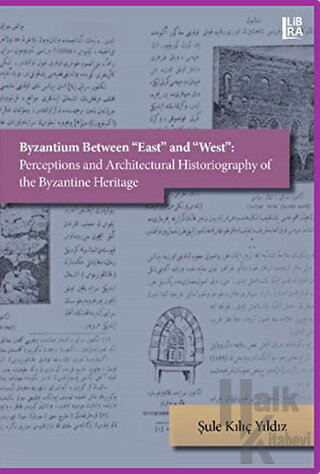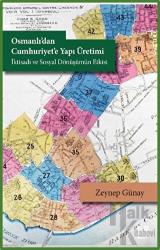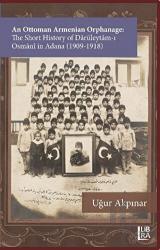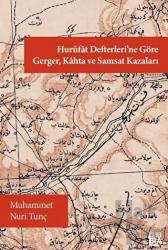Byzantium Between East and West: Perceptions and Architectural Historiography of the Byzantine Heritage

From its construction as “storehouse” of antiquities to a “despotic empire” with its “oriental features”, western perceptions of Byzantium and its cultural and architectural legacy have undergone significant transformations over the course of centuries. Depending on the political and cultural contexts, the place of Byzantium in European history posed a unique challenge leading to selective appropriation of its legacy in different historical periods. It was simultaneously defined as part of the European past, and also as “the other.” While its Greco-Roman tradition was selectively appropriated, its “oriental” features made it different. This book focuses on the perceptions and historiography of Byzantium during the late nineteenth and early twentieth centuries, highlighting late Ottoman Turkey. It examines the ways in which the cultural and architectural heritage of Byzantium was represented and described in historical writings within the context of the intricate relationships between nationalism, orientalism, and historiography. The investigation is based on a close reading of the historical writings of individuals who were influential in the production and dissemination of knowledge regarding the Byzantine heritage during the period under scrutiny. The study of these earlier writings with a special emphasis on their ideological and historiographical legacies, and the origins of continued negative perceptions and images of Byzantium will contribute to Byzantine studies in Turkey. It will also contribute to the more general growing body of literature on the relationships between nationalism and nation-state building, orientalism, and historiography, by providing a case study of Turkey.
- Açıklama
From its construction as “storehouse” of antiquities to a “despotic empire” with its “oriental features”, western perceptions of Byzantium and its cultural and architectural legacy have undergone significant transformations over the course of centuries. Depending on the political and cultural contexts, the place of Byzantium in European history posed a unique challenge leading to selective appropriation of its legacy in different historical periods. It was simultaneously defined as part of the European past, and also as “the other.” While its Greco-Roman tradition was selectively appropriated, its “oriental” features made it different. This book focuses on the perceptions and historiography of Byzantium during the late nineteenth and early twentieth centuries, highlighting late Ottoman Turkey. It examines the ways in which the cultural and architectural heritage of Byzantium was represented and described in historical writings within the context of the intricate relationships between nationalism, orientalism, and historiography. The investigation is based on a close reading of the historical writings of individuals who were influential in the production and dissemination of knowledge regarding the Byzantine heritage during the period under scrutiny. The study of these earlier writings with a special emphasis on their ideological and historiographical legacies, and the origins of continued negative perceptions and images of Byzantium will contribute to Byzantine studies in Turkey. It will also contribute to the more general growing body of literature on the relationships between nationalism and nation-state building, orientalism, and historiography, by providing a case study of Turkey.
- Taksit Seçenekleri
- Axess KartlarTaksit SayısıTaksit tutarıGenel ToplamTek Çekim400,00400,002208,00416,003141,33424,00672,00432,00948,89440,00Finansbank KartlarıTaksit SayısıTaksit tutarıGenel ToplamTek Çekim400,00400,002208,00416,003141,33424,00672,00432,00948,89440,00Bonus KartlarTaksit SayısıTaksit tutarıGenel ToplamTek Çekim400,00400,002208,00416,003141,33424,00672,00432,00948,89440,00Paraf KartlarTaksit SayısıTaksit tutarıGenel ToplamTek Çekim400,00400,002208,00416,003141,33424,00672,00432,00948,89440,00Maximum KartlarTaksit SayısıTaksit tutarıGenel ToplamTek Çekim400,00400,002208,00416,003141,33424,00672,00432,00948,89440,00World KartlarTaksit SayısıTaksit tutarıGenel ToplamTek Çekim400,00400,002208,00416,003141,33424,00672,00432,00948,89440,00Diğer KartlarTaksit SayısıTaksit tutarıGenel ToplamTek Çekim400,00400,002--3--6--9--
- Yorumlar
- Yorum yazBu kitabı henüz kimse eleştirmemiş.
- Yayınevinin Diğer Kitapları


















